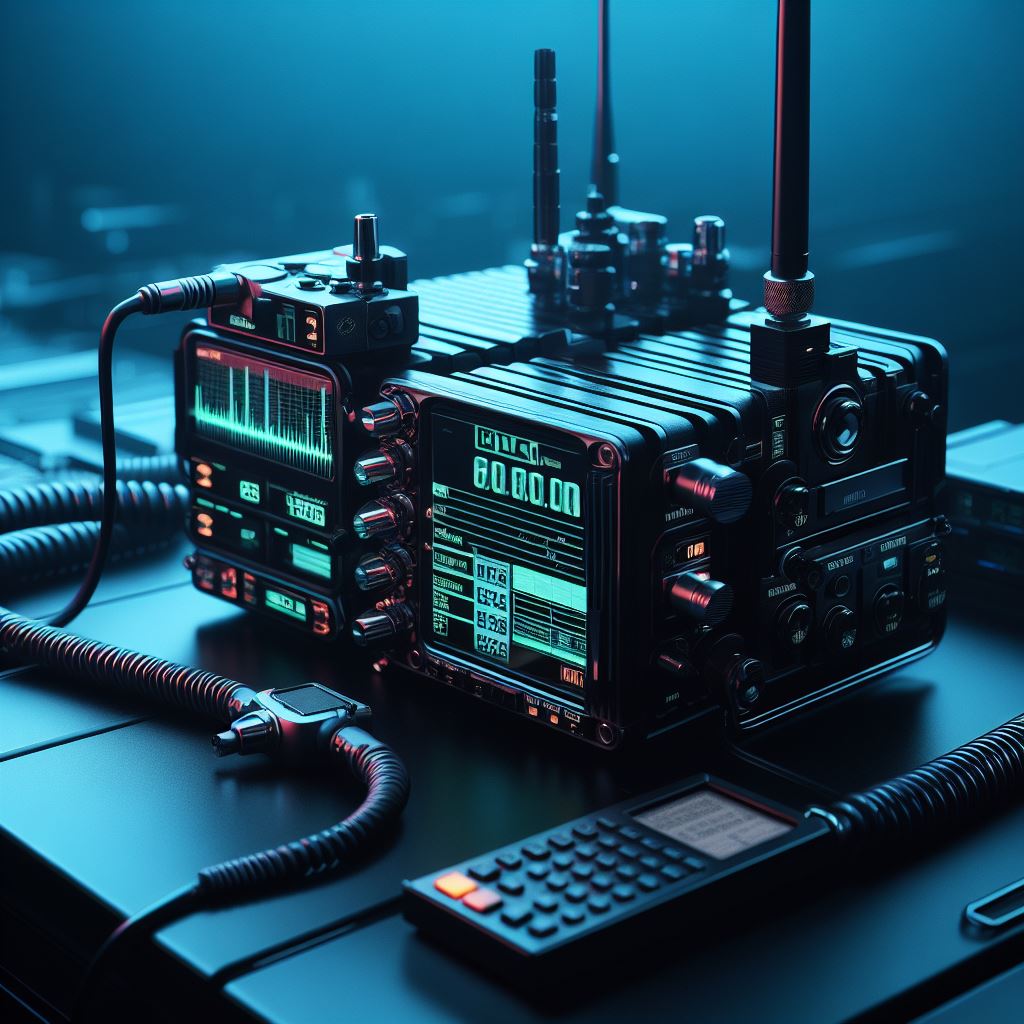
The future of ham radio as a hobby is a topic that has been the subject of much discussion in recent years. With the rise of new technologies like software-defined radio and cheap hardware, the hobby is poised for a major transformation. While some hams see these technologies as the future of amateur radio, others worry that they are eviscerating some of the best things about it.
In China, Indonesia, and Thailand, amateur radio is positively booming. China’s advancing technology and growing middle class, with disposable income, has led to a surge in demand for ham radios. However, in the United States, the number of amateur licenses has held at an anaemic 1 percent annual growth for the past few years. As baby boomers age out, there are concerns that there are too few young people to sustain the hobby.
Despite these challenges, there are many reasons to be optimistic about the future. For one thing, new technologies offer opportunities to revitalize amateur radio, even if that’s in a form that previous generations might not recognize. Additionally, emerging digital modes have breathed new life into amateur radio, where hams are constantly developing new communication protocols and building homebrew equipment and software to communicate with.
One such technology that is expected to revolutionize ham radio – and to some extent already has – is software-defined radio (SDR). SDRs use digital signal processing techniques to perform many of the functions traditionally performed by hardware components. This allows for greater flexibility and adaptability in radio design and operation. SDRs can also be used to create new modes of communication that were previously impossible with traditional hardware-based radios.
Another technology that is expected to have a major impact on the hobby is cheap hardware. The availability of low-cost components like microcontrollers and single-board computers has made it easier than ever for hams to build their own radios and other equipment. This has led to a proliferation of open source projects and experimentation in the amateur radio community. The mcHF clones are a great example of this.
In conclusion, while there are certainly challenges facing the hobby in the years ahead, there are also many reasons to be excited about the future of ham radio. Whether you’re a seasoned ham or just getting started in the hobby, there’s never been a better time to get involved!